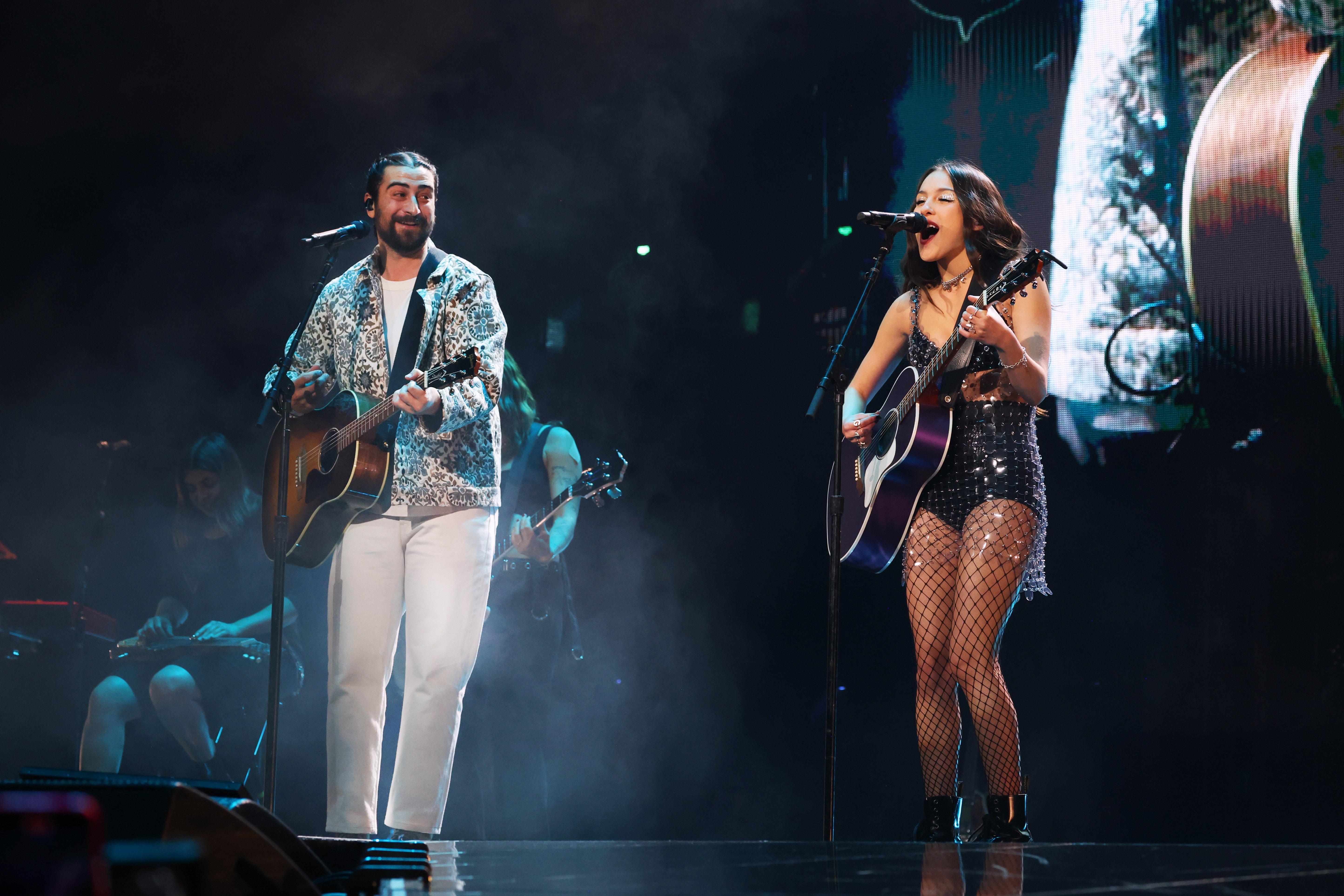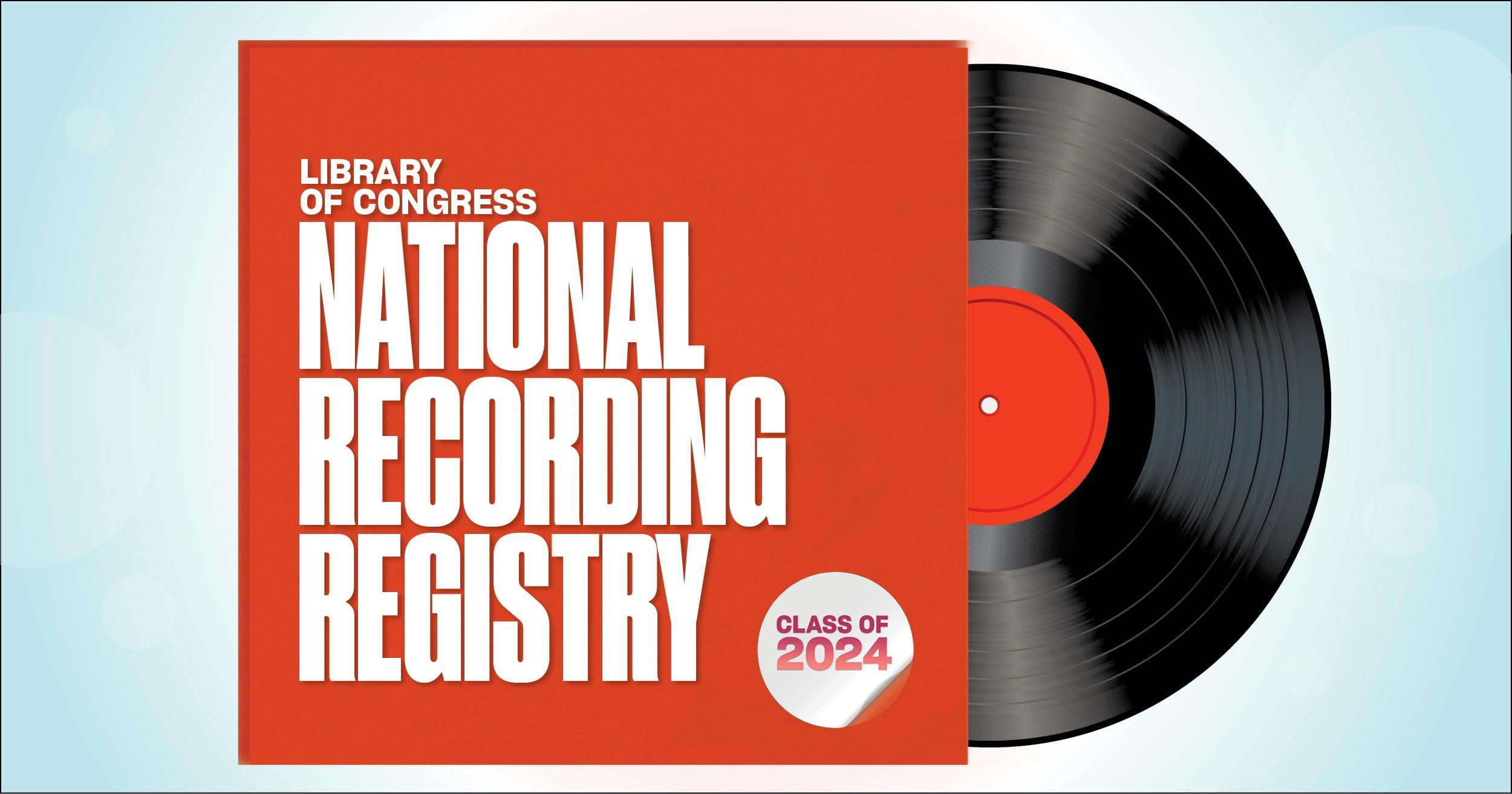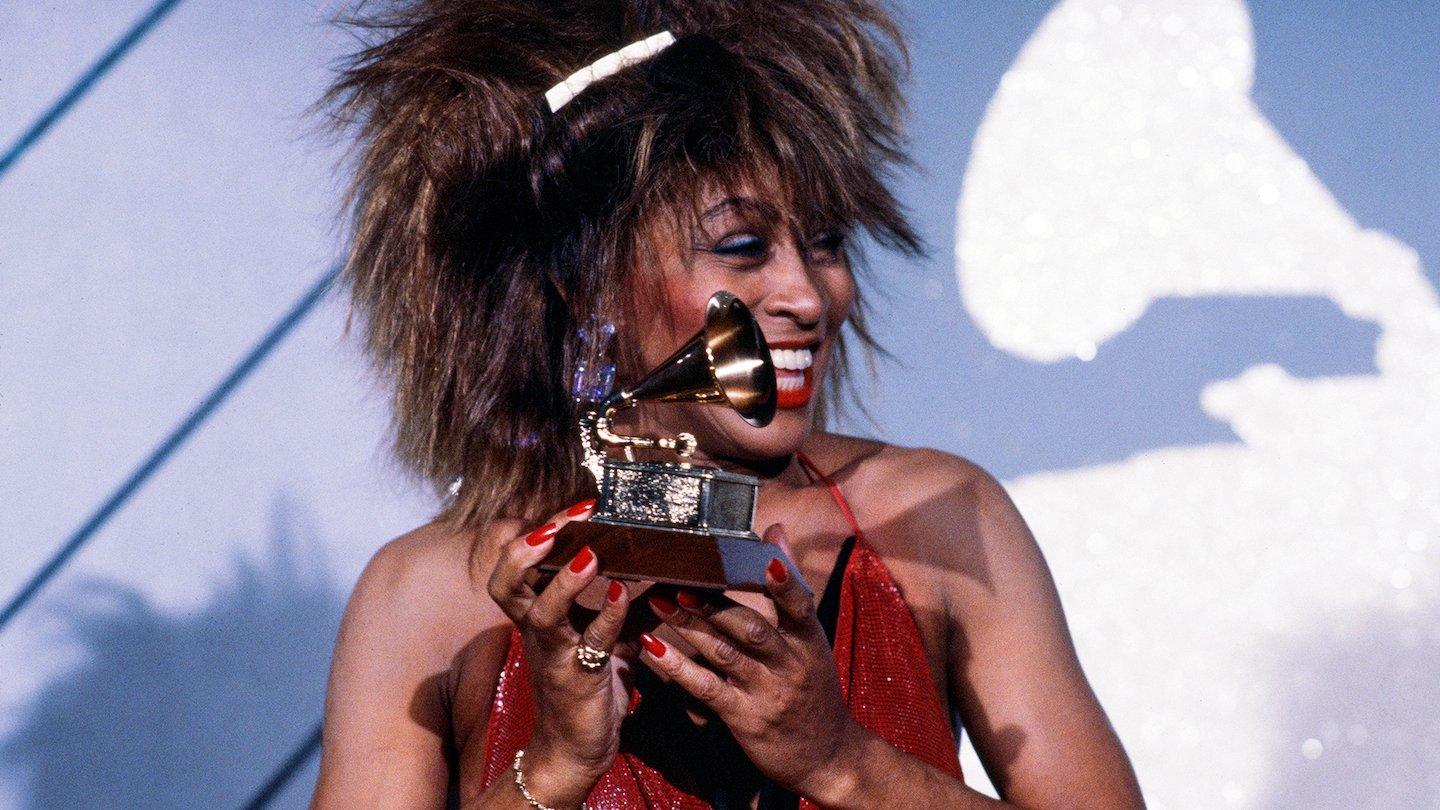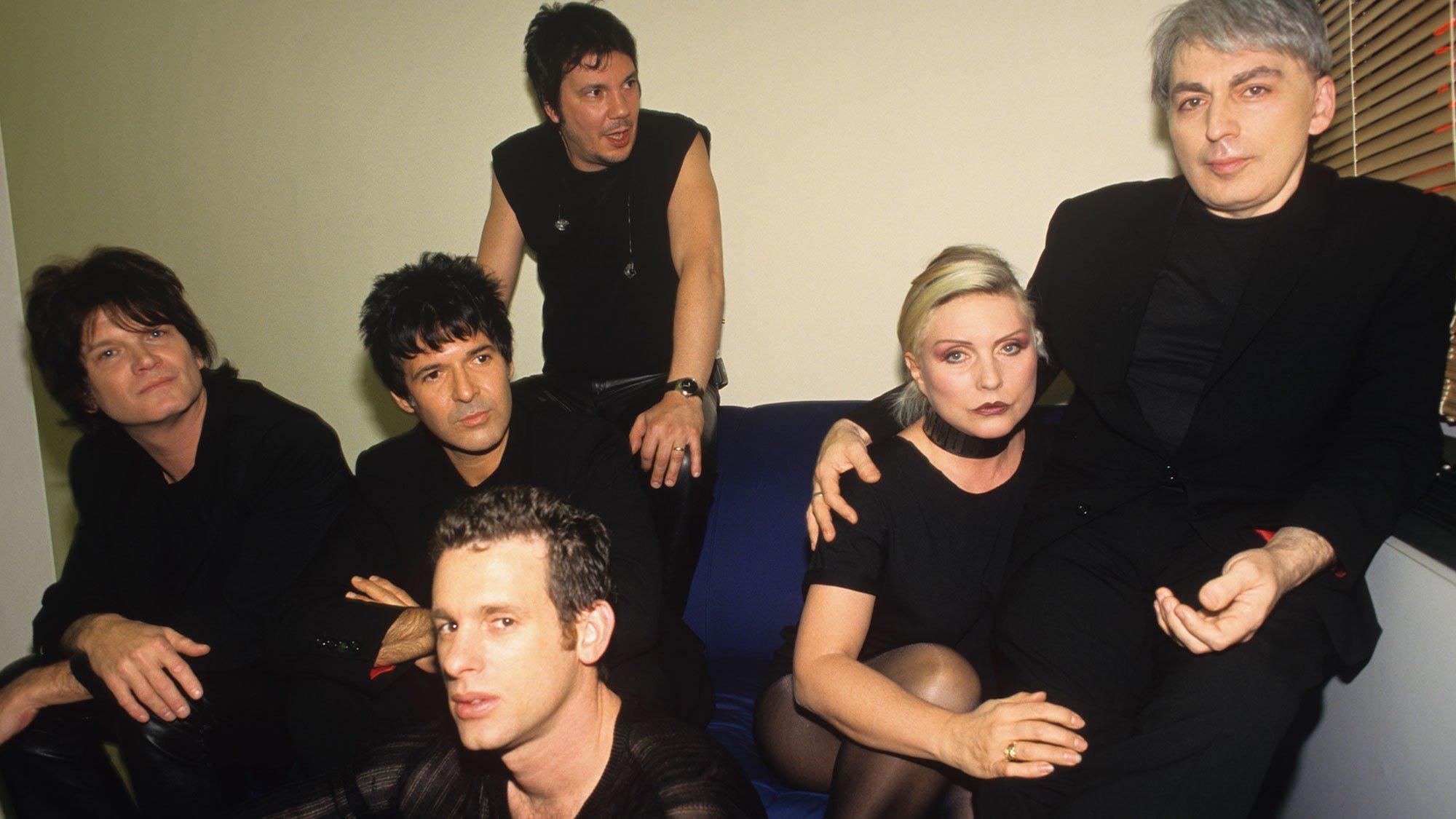When photographer Bob Gruen attended the Newport Folk Festival in 1965 as a fan to see one of his favorite artists, Bob Dylan, he didn't know the photos he took that day, like Dylan's songs, would become cemented in music history.
"I got a photo pass so I could get into the concert," remembers Gruen. "I [brought] a couple of photos [I took that day] to Bob Dylan's [former] manager, Albert Grossman, and [he] gave me two tickets to his next concert, which I thought was a great trade-off."
More than 45 years later, one of Gruen's photos of Dylan is among the iconic images on display in the upcoming exhibit, Who Shot Rock & Roll? — A Photographic History, 1955 To The Present, opening June 23 at the Annenberg Space for Photography in Los Angeles. Curated by photography author/educator Gail Buckland and originally presented by the Brooklyn Museum in New York in 2009, the showing is the first major museum exhibit to spotlight the creative and collaborative role that photographers have played in the history of music, from Gruen and Lynn Goldsmith to Danny Clinch, Henry Diltz, Annie Leibovitz, Charles Peterson, Norman Seeff, and Alfred Wertheimer, among nearly 100 others. The exhibit features more than 200 images of artists ranging from Elvis Presley and Tina Turner to David Bowie, Jimi Hendrix, R.E.M., and Tupac Shakur.
The exhibit serves as evidence that photography is music's soul mate, a conduit for delivering permanent images that help document artists and their music.
Gruen has also helped document the visual history of artists such as Blondie, the Clash, John Lennon, and the Sex Pistols, among many others. The first time he met Lennon was in 1972 at the Apollo Theatre. "People were taking pictures as they left and John says, 'People are always taking our pictures and I never get to see them. What happens to these pictures?'" recalls Gruen. When he offered to bring some of his photos to Lennon, the former Beatle obliged. Four months later Gruen was on assignment with a journalist who was writing a story on Lennon and Ono's collaboration with Elephant's Memory and Gruen was asked to take pictures. Ono and Lennon liked Gruen's work and when he left that day Ono assured him they would always be friends.
"Every time I saw John and every time I see Yoko I've always felt that this is a very special privilege," he says.
Some of the most iconic photos of Lennon were taken by Gruen, including his photo in front of the Statue of Liberty and another of him on a rooftop wearing a sleeveless New York City T-shirt. Gruen considers the Statue of Liberty photo to be especially significant.
"When the U.S. government was trying to throw John Lennon out of the country I thought he should be welcomed and should be allowed to stay," says Gruen. "[I thought] going to the Statue of Liberty would be a good symbol of that sentiment. [But the photo] … [took] on a whole new meaning after he passed away because both John Lennon and the Statue of Liberty stand for peace, freedom and liberty in people's minds."
For Goldsmith, it was Patti Smith who was the driving force for some of the photographer's lasting work.
"She was my muse," recalls Goldsmith. "Patti is a collaborator … and the best [portraits] are collaborations. If the artist doesn't give over and help out in achieving what you are trying to do, it can't be as strong. … I was fortunate that Patti was someone who really understood the power of the image."
Also a natural in front of the camera is rapper Snoop Dogg, according to Simone Green, who photographed artists such as Dr. Dre and Tupac Shakur while working as chief photographer for Death Row Records during the height of the label's success, an experience she chronicles in her recently released memoir, Time Served: My Days And Nights On Death Row Records. "I knew that as life went on [Snoop] was going to be able to reinvent himself because of his [comfort] in front of the camera," she says.
Seeff, who has photographed artist such as Herbie Hancock, Kiss, Joni Mitchell, and Stevie Nicks, among others, describes his work as "creating a relationship [and an experience] with an artist, not a concept."
For years the spirit of Madonna's worldwide tours has been captured by photographer Frank Micelotta, who says his job is to "try and capture the best image of [the artist's] vision."
According to Diltz, when we combine music and photography we are using two of our biggest senses (hearing and sight) that help us to experience the world. "Music is the soundtrack to our lives," says Diltz, who earned a GRAMMY nomination in 1969 for Best Album Cover for Richard Pryor.
Similar to Goldsmith and Gruen, many photographers have cultivated unique relationships with certain artists.
"I heard [Van Halen's] 'Runnin' With The Devil' for the first time and was like, 'Oh my God, this is insane, I want to work with this band,'" recalls noted photographer Neil Zlozower. But it was more than his passion for the music that made his collaboration with Van Halen so fruitful. "We were all the same age [and] we liked all the same things, [from] girls [to] cars, we had a lot in common," he says. "They took a liking to me and I took a liking to them and the rest is sort of history." Zlozower currently runs a photo agency, Atlas Icons, and has authored several photography books, including Van Halen: A Visual History: 1978–1984 and Eddie Van Halen.
The Recording Academy acknowledges the special synergy between music and photography given its partnership with renowned photographer Clinch. As The Academy's official backstage photographer since 2003, Clinch captures portraits of artists moments after they've won music's most iconic award.
"When you're backstage at the GRAMMYs sometimes you only have a minute to take a portrait and I feel I have a knack to get people to relax a little bit and to find their good side," says Clinch.
At its core, photography is another means for communicating music's powerful message, and that message is communicated best when artists and photographers are working in tandem.
"I think the real force behind rock and roll was not sex and drugs, [but the idea] that we can change the world," says Goldsmith.
"For me, rock and roll is about the freedom to express yourself very loudly," says Gruen. "I try to capture the feeling and passion of what's going on in my photos. I try to inspire people to express themselves. I hope to inspire people to follow their dreams."




